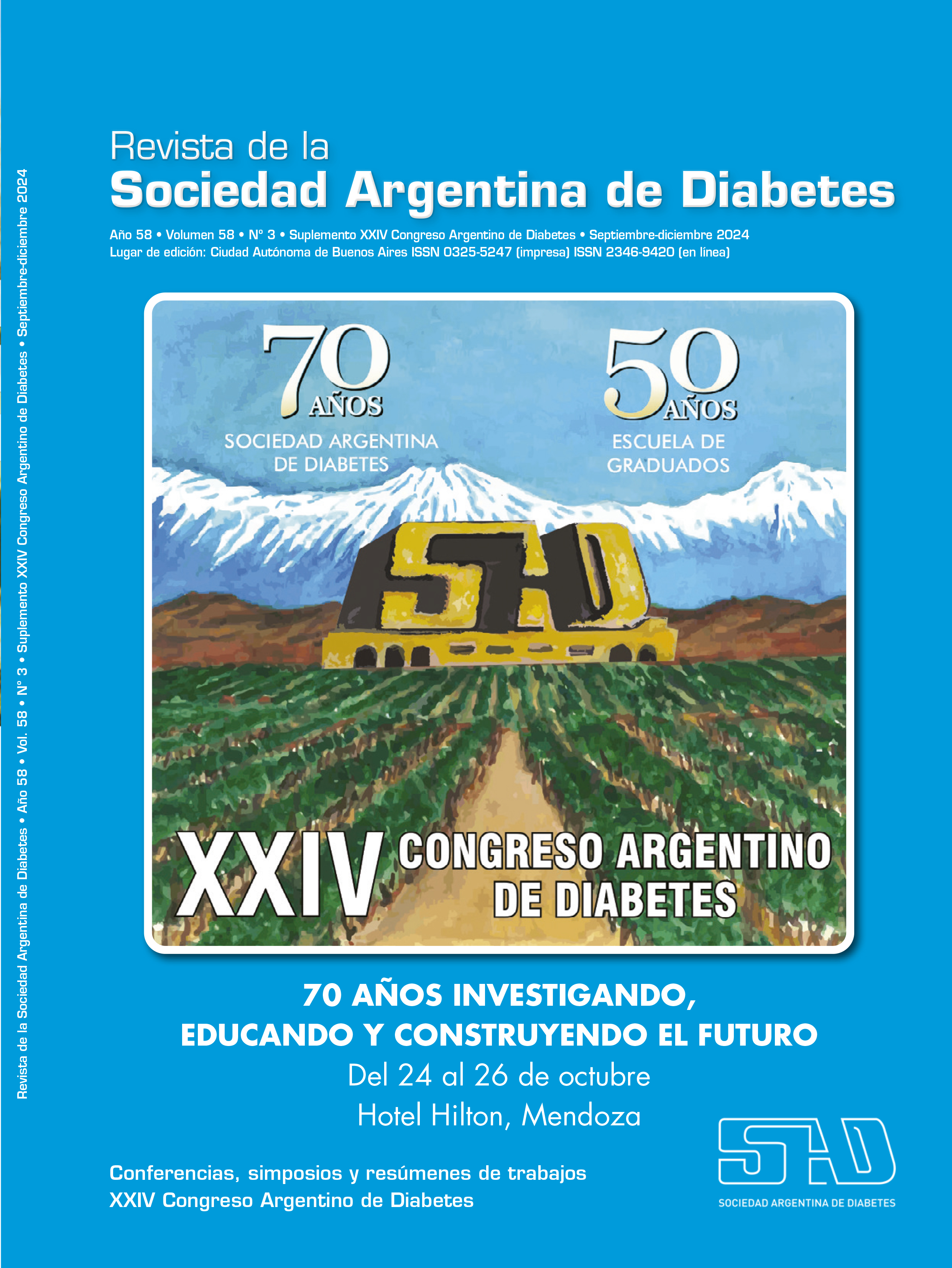Approach to incipient nephropathy
Keywords:
nephropathy, chronic kidney disease, diabetesAbstract
Chronic kidney disease (CKD) has been recognized as a worldwide leading public health problem. Several epidemiological studies published over the past decade suggest the prevalence of CKD in the general population is increasing. In 2017, in the Global Burden of disease study, 697⋅5 million cases of all-stage CKD were recorded, for a global prevalence of 9⋅1%.
Diabetic nephropathy (DN) is a long major term complication affecting approximately 30% of patients with type 1 diabetes and 40 % of those with type 2 diabetes. Nowadays, it represents the leading cause of end-stage kidney disease (ESKD) globally, accounting for approximately 40% of new patients requiring renal replacement therapy; the incidence, presentation and course of DN vary considerably across countries and settings.
The definition, staging, and classification of CKD proposed by the KDIGO 2012 CKD guideline have been widely accepted and implemented. Research has highlighted that higher specific stages or category of CKD, characterized by level of GFR and albuminuria independently, portend greater relative risk (RR) for adverse outcomes. Despite the increasing recognition of the true burden of CKD, there remains controversy and lack of consensus on the true thresholds of diagnostic tools, the utility of population screening for CKD or targeted screening programs, due to the complexity of the underlying sociopolitical and resource environment.
Defining CKD is the subject of intense debate in the current nephrology literature. Overestimation of the prevalence with GFR in the elderly (medicalization of senescence) and underestimation in younger patients is of primary concern. A universal threshold does not consider the physiological decline in GFR with ageing, nor does it account for the risk of mortality and ESKD in different populations. Epidemiologic data demonstrate a strong relationship between the quantity of urine albumin with both kidney and cardiovascular disease (CVD) risk and observed CVD even at very low levels, such as >10 mg/g . Therefore, it is a challenge to redefine the value of the risk threshold in the general population to guide the different prevention strategies and not act late when events occur.
References
I. GBD Chronic Kidney Disease Collaboration. Global, regional, and national burden of chronic kidney disease, 1990-2017: a systematic analysis for the global burden of disease study 2017. Lancet 2020;395(10225):709-33.
II. Parving HH, Lewis JB, Ravid M, Remuzzi G, Hunsicker LG; DEMAND investigators. Prevalence and risk factors for microalbuminuria in a referred cohort of type II diabetic patients: a global perspective. Kidney Int. 2006 Jun;69(11):2057-63.
III. Kidney Disease: Improving Global Outcomes CKD Work Group. KDIGO 2012 clinical practice guideline for the evaluation and management of chronic kidney disease. Kidney Int Suppl 2012;3:S1-S150.
IV. Hallan SI, Matsushita K, Sang Y, et al. Age and association of kidney measures with mortality and end-stage renal disease. JAMA 2012;308(22):2349-2360.
Downloads
Published
Issue
Section
License
Copyright (c) 2024 on behalf of the authors. Reproduction rights: Argentine Society of Diabetes

This work is licensed under a Creative Commons Attribution-NonCommercial-NoDerivatives 4.0 International License.
Dirección Nacional de Derecho de Autor, Exp. N° 5.333.129. Instituto Nacional de la Propiedad Industrial, Marca «Revista de la Sociedad Argentina de Diabetes - Asociación Civil» N° de concesión 2.605.405 y N° de disposición 1.404/13.
La Revista de la SAD está licenciada bajo Licencia Creative Commons Atribución – No Comercial – Sin Obra Derivada 4.0 Internacional.
Por otra parte, la Revista SAD permite que los autores mantengan los derechos de autor sin restricciones.




























